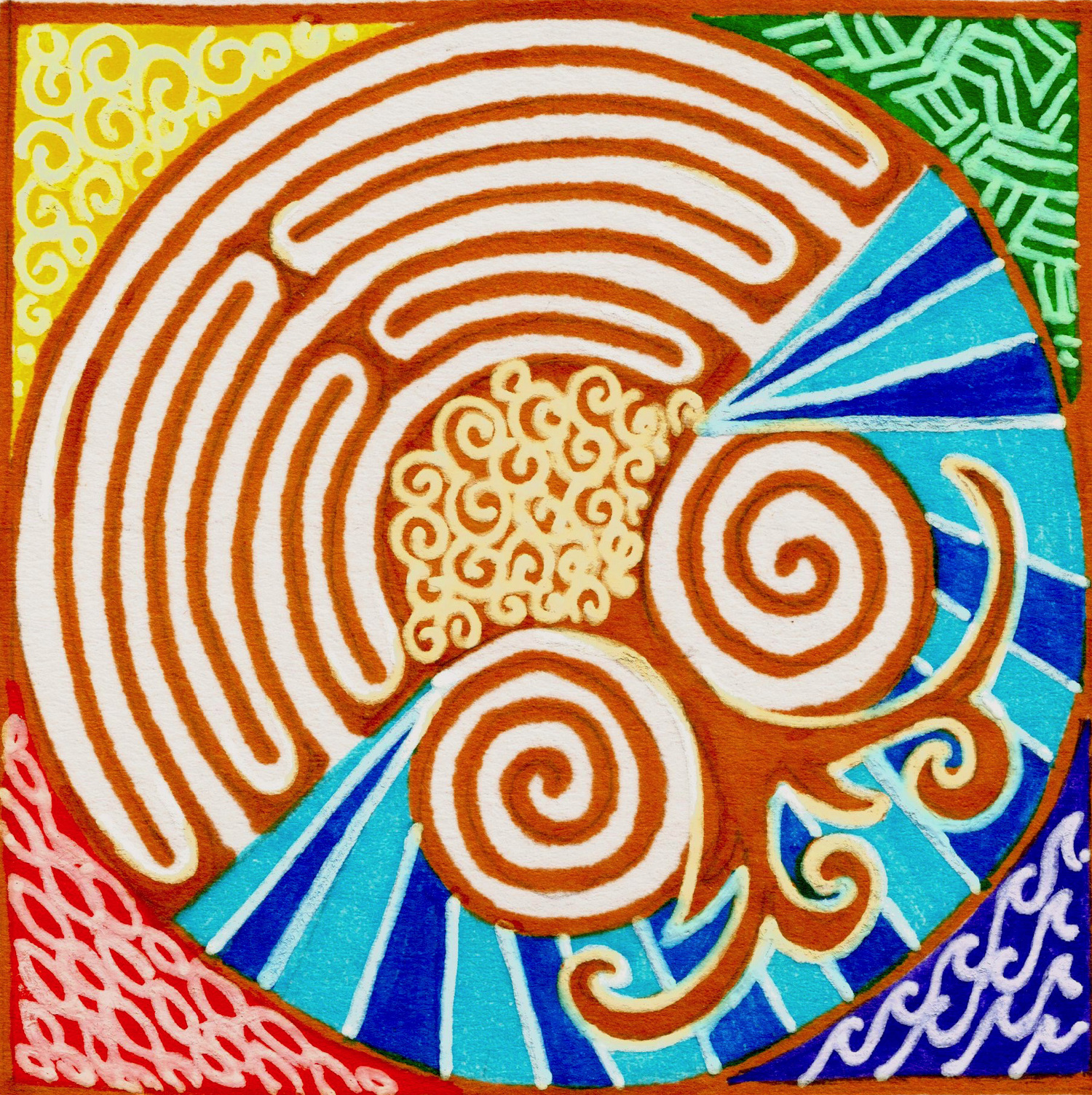Ah, my morning walks. My connection to nature. Two themes that keep rising to the surface lately. They are not unfamiliar and both vie for my attention, like the head-sized hydrangeas competing with the black-eyes Susans. One: “What is beauty?” The other: “Healthy boundaries.” For this post, beauty takes center stage (typical-eh?)
As I age I come back to concepts of beauty and aging again and again. Images in magazines and on TV focus on a few external cultural ideals—usually with youth or maintaining the illusion of youth in mind. I will readily admit to comparing myself to these Photoshopped standards from time to time to my own detriment. And I’m not talking about the young 20 and 30-somethings (I’m realistic enough to know that would be ridicules) but to the women in my own age category. As is often the case though, nature and my work offer me corrective examples of “beauty.”
The word “beauty” can be perceived in many ways depending on our own journey and where we are on our journey on any given day (or hour for that matter.) There is something in being human that draws us to an appreciation of beauty, however we define that. I may be wrong, but I think we are the only species that creates art and can appreciate beauty both of the natural world and made by other humans. Times I feel unmoored, distant, or caught up in my own minutiae—noticing the beauty of the natural world: a sky steeped in the colors of a sunrise, hearing the early morning song of a robin, catching a whiff of daphne as spring comes into being—helps reground me.
Lately the roses, especially the wilder varieties around the neighborhood, have been calling me to reconsider my internally well-scripted definitions of beauty. Consider the life span of a rose blossom. The slender fist of a bud seems vulnerable and delicate. There is anticipation at what is to come; a sense of hope. Then, over a few days the petals unfurl, releasing an enticing aroma. Busy bee bodies dash about collecting pollen. The swollen burst of color catches my eye. It is easy to linger in the moment; to appreciate the ripened blossom. Soon, though, the color begins to fade and petals drop off, one…two…three at a time. Now only the rose hip remains—red oddities with jester hats, often pruned off to make room for more blooms. The rose hip doesn’t hold the vulnerability of that slender fist or the excitement of the bursting color of the full bloom. And yet this is the fruit of the rose, where the healing and wisdom lies. It has taken me a while to notice and appreciate these ripe red berries on the bush when they have been left to roam the vine and not trimmed by gardener's hand.
I have made the same discovery as I journey with the elders I meet in my work and in my own life. There is no Photoshop to erase the wrinkles, age spots, scars and laugh lines of a life lived. It is not uncommon for an older woman, or even man, say something disparaging about their bent body and deeply wrinkled face. I often reflect back that each bend and each wrinkle holds a story from their life and in the telling, there is the gift of wisdom shared. Wisdom shared. Maybe that is our human “rose hip,” our fruit, our beauty.
Of course the full cycle of the rose has beauty to offer at each season, just has the human life cycle does. There is so much to say on this topic (so you can bet I’ll come back to it.) But for now, consider your own beauty. How do you see yourself? Do you find yourself comparing your external self to other impractical external standards? Is there someone in your life you who is a “rose hip” that has wisdom to offer you? What wisdom and beauty do you have to offer to the world?







